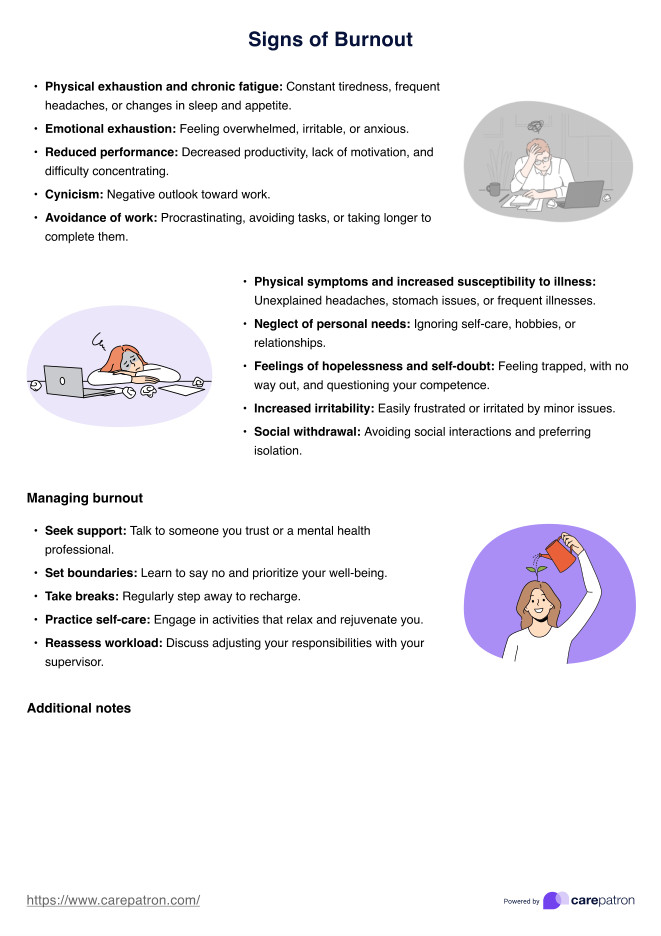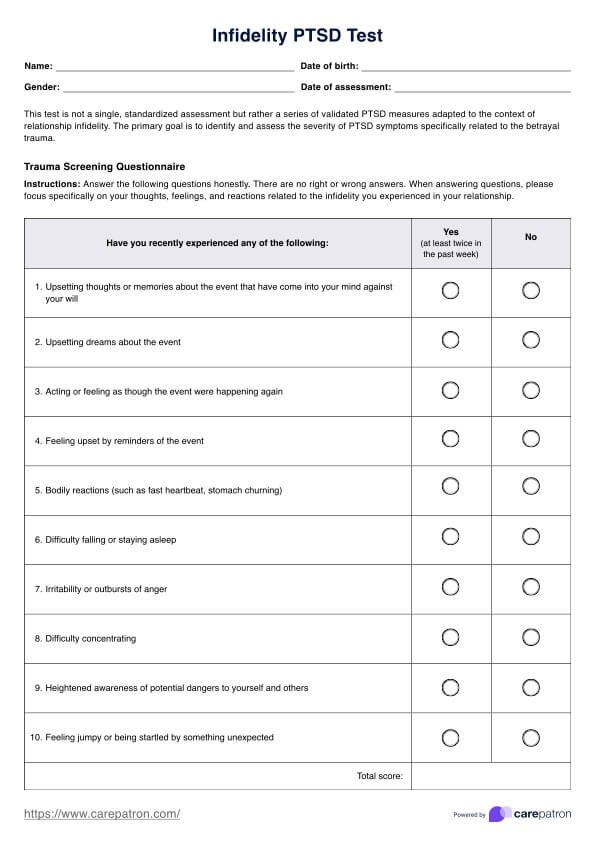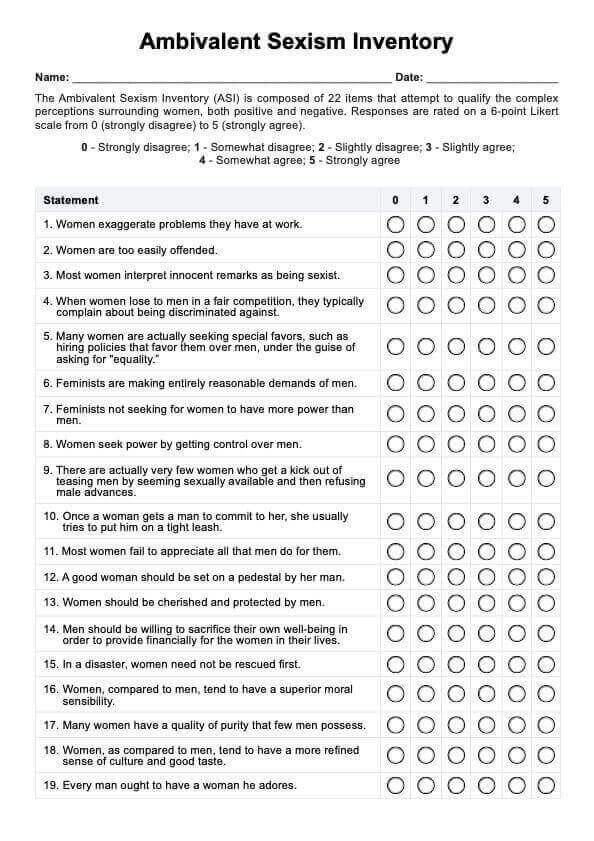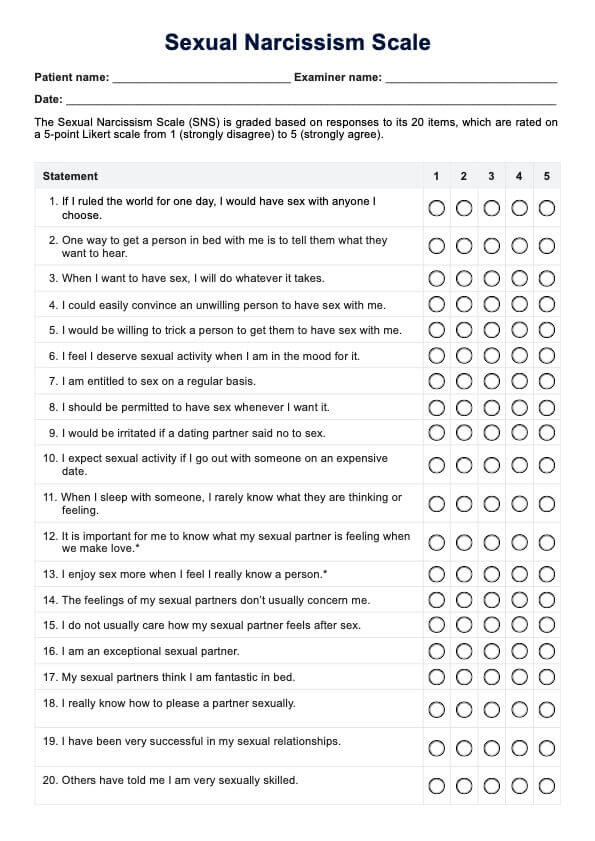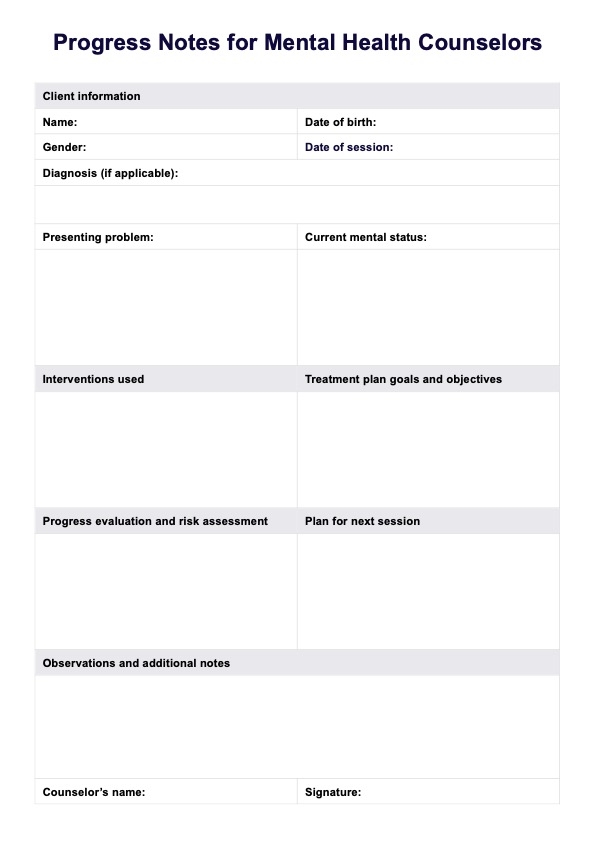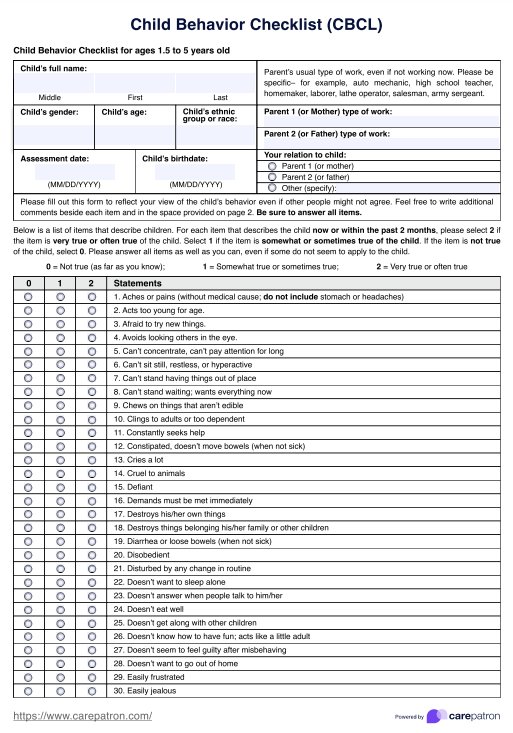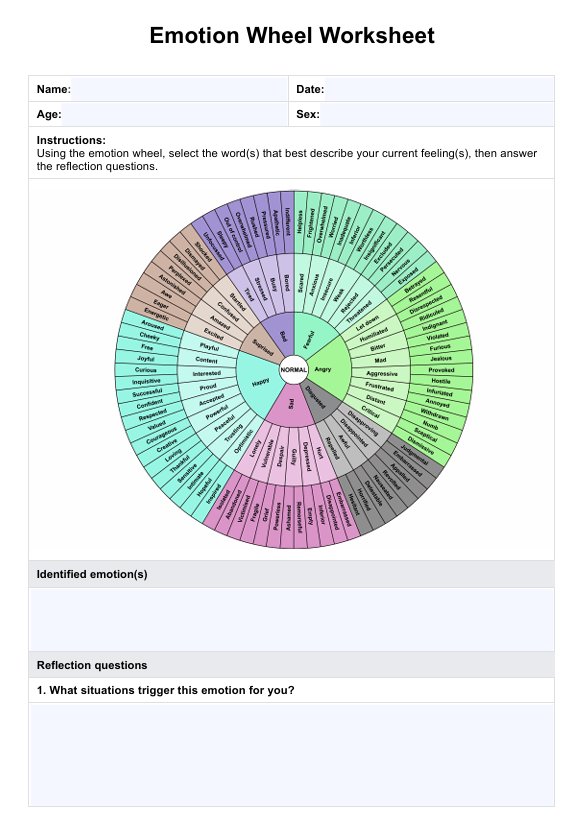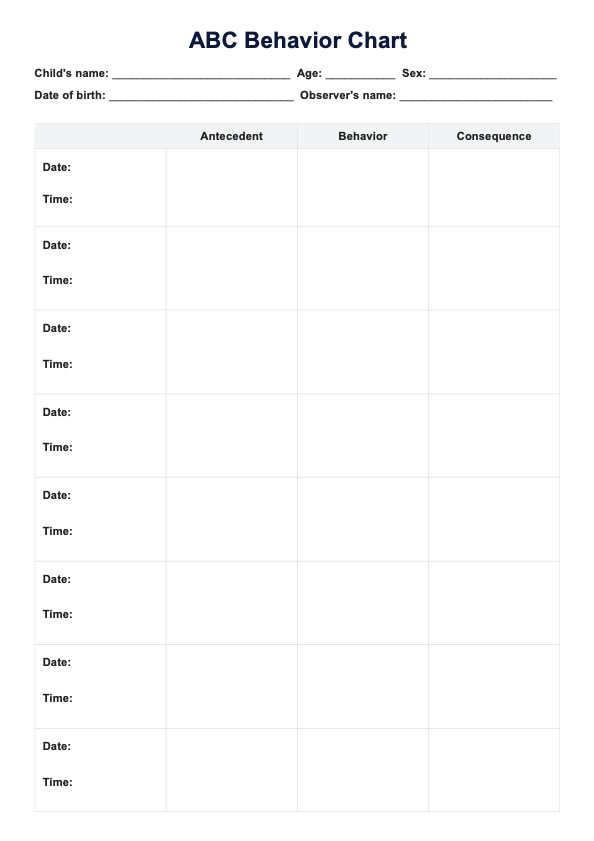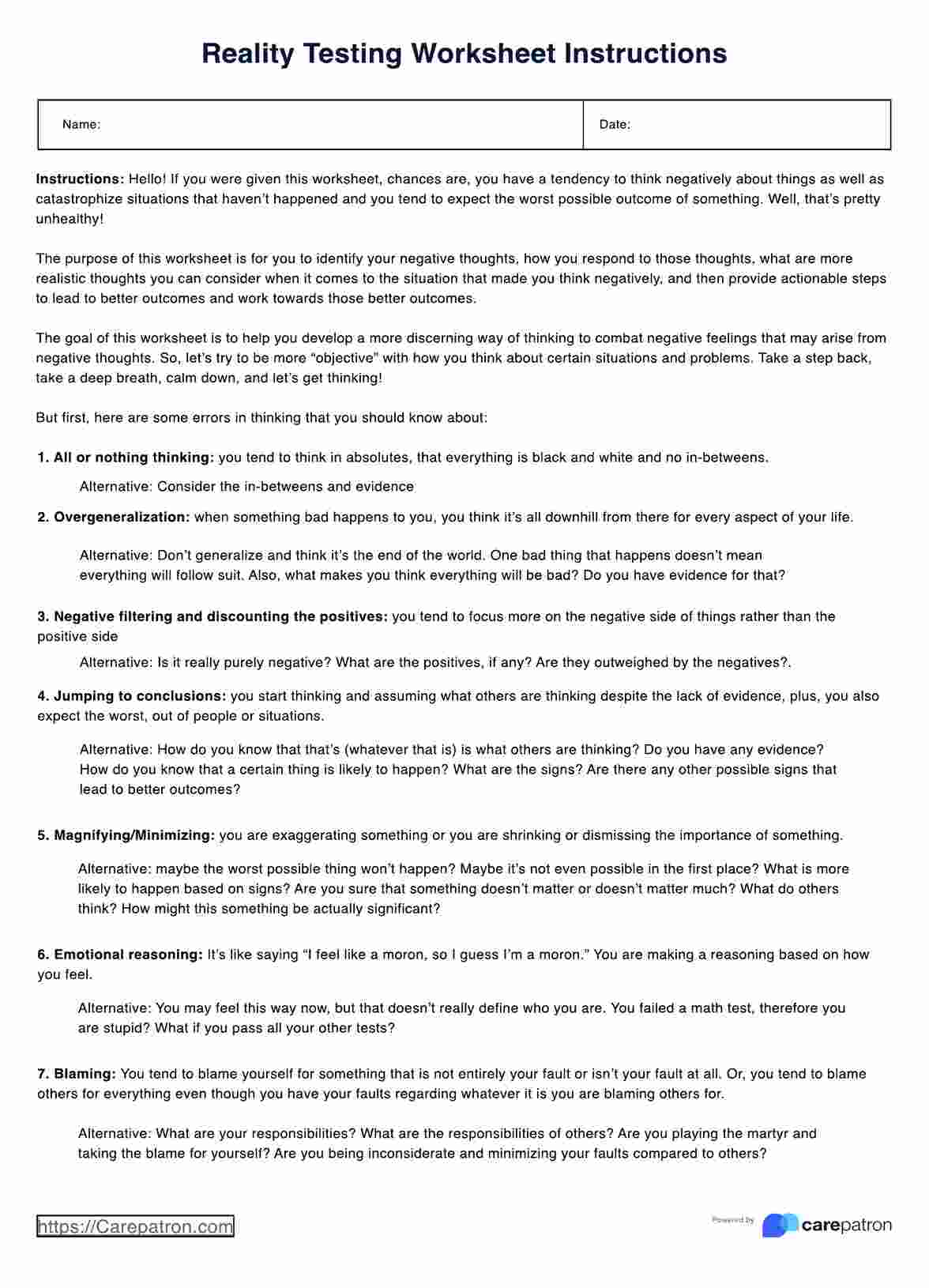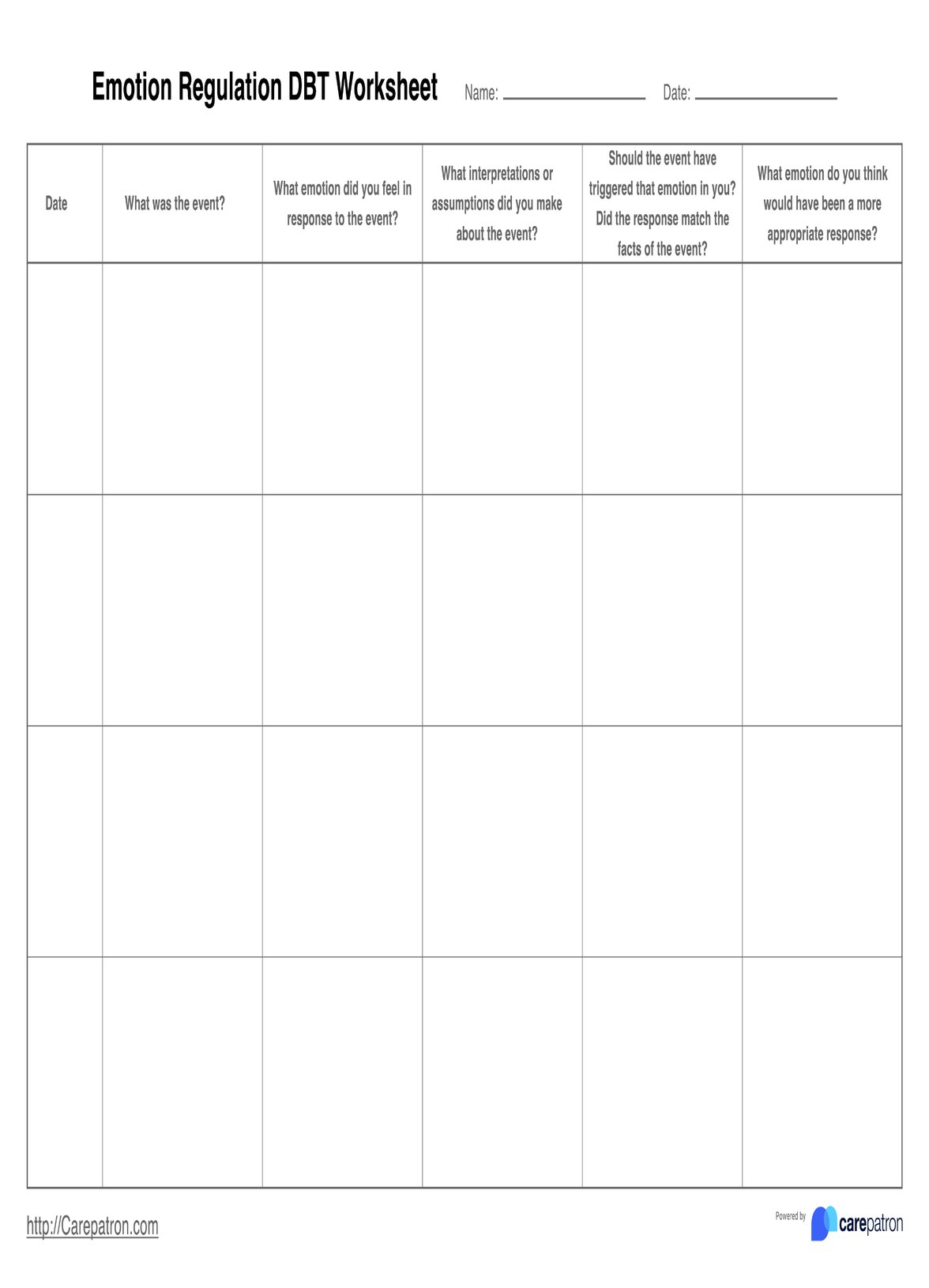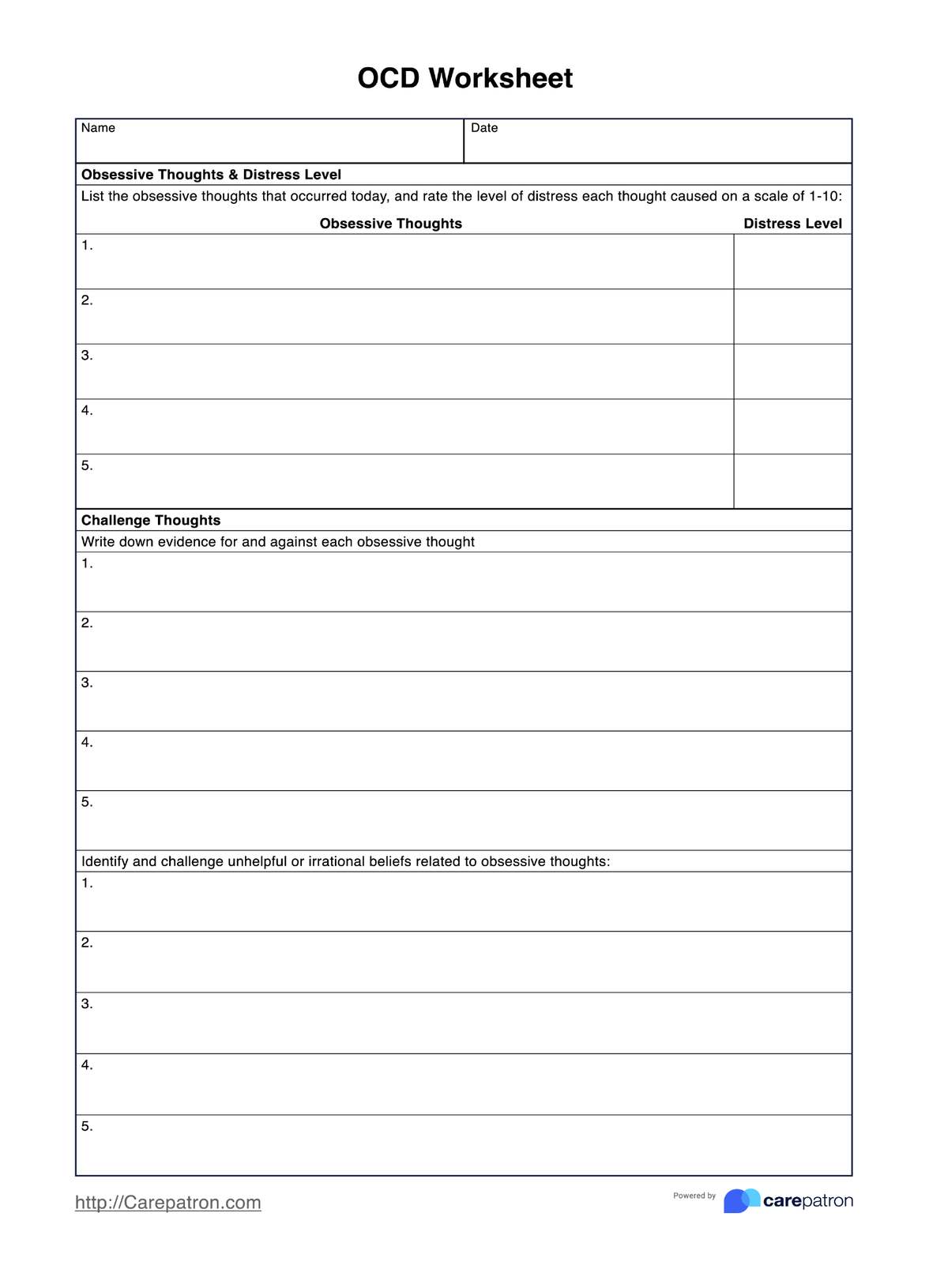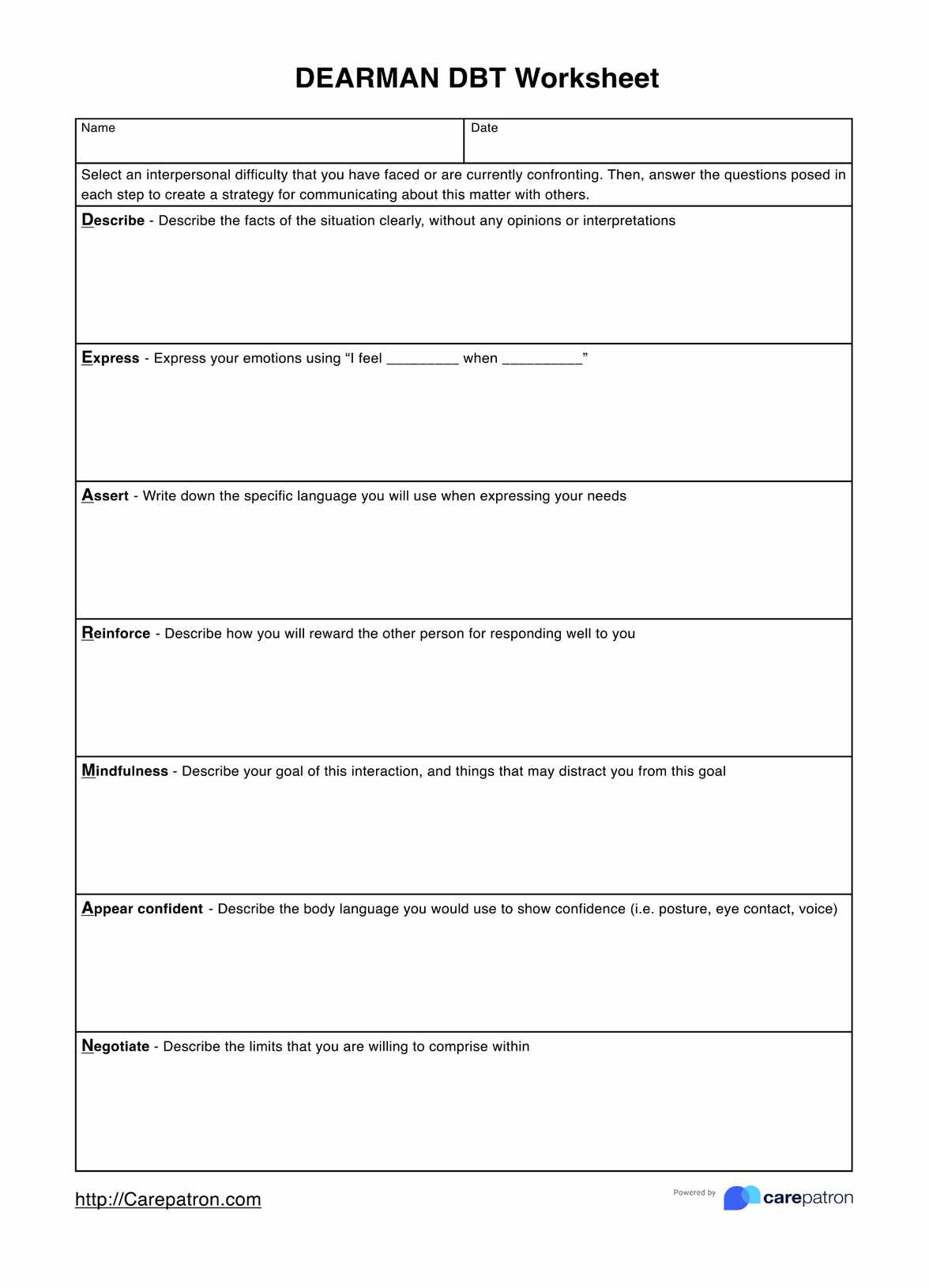Safety Plan For Children
Discover our comprehensive guide to crafting a Safety Plan for Children, tackling various scenarios, including domestic violence, fire safety, and more. Download your free PDF today.


What is a Safety Plan for Children?
A Safety Plan for Children is a personalized, strategic plan designed to ensure a child's safety during challenging situations. This includes scenarios such as domestic violence, fire emergencies, parental alcohol abuse, or in cases of sexual abuse. This plan, often made printable for easy access, outlines strategies and resources to help the child navigate through crisis moments. It includes recognizing personal warning signs, employing self-soothing techniques, identifying trusted adults for support, and creating a safe environment.
A is far more than a list of emergency contacts. It is a proactive approach that empowers the child with tools to protect themselves, even when caregivers are absent. It considers the child's circumstances, ability to understand and react to situations, and the resources available in their immediate environment. It's a lifeline that children can use to safeguard their well-being.
However, creating a Safety Plan for Children isn't a one-off process. As situations change and the child grows, the plan needs to evolve. A static plan can become obsolete, leaving the child unprotected in new or unforeseen circumstances. Therefore, the plan needs regular reviews and updates to ensure its effectiveness.
In essence, it's a living document that reflects the changing needs and capacities of the child, always prioritizing their safety and welfare.
Safety Plan For Children Template
Safety Plan For Children Example
How Does It Work?
Creating and implementing a Safety Plan for Children involves understanding the child's unique circumstances and needs. It's a process that requires cooperation between the child, caregivers, and professionals, aiming to foster an environment where the child feels safe and secure.
Here's a breakdown of the key steps involved:
Step 1: Recognize Triggers and Warning Signs
This is the first critical step. Recognizing the triggers or warning signs that may precede a crisis, the child can preemptively take measures to ensure their safety. These triggers could be specific situations, emotions, or thoughts that usually precede distressing incidents.
Step 2: Self-Soothing Techniques
Equip your child with various self-soothing techniques to help them calm down during stressful situations. This can include deep breathing, visualization, listening to soothing music, or cuddling a favorite toy.
Step 3: Reach Out to Social Contacts for Distraction
Help your child identify the people who can provide a positive distraction when experiencing distress. This can be a friend, a family member, or a trusted teacher - anyone who can help them divert their attention away from negative thoughts or feelings.
Step 4: Identify Trusted Adults or Professional Support
Establish a list of adults the child trusts and feels safe with, including their contact details. These could be family members, neighbors, teachers, or mental health professionals who can be reached during a crisis.
Step 5: Create a Safe Physical Environment
Create a safe and comforting space for your child to retreat during a crisis. This could be their room, a spot in your home, or even a safe location in their school. Also, ensure the environment is free of any objects that could harm the child.
Remember, the Safety Plan for Children aims to protect them during crises and empower them with the tools and resources to manage these situations independently.
When Would You Use This Form?
Ensuring a child's safety is of utmost importance in any setting. However, certain situations may demand a more concrete plan to ensure the child's well-being and security. A Safety Plan for Children is particularly relevant when the child may face a heightened risk of harm.
These scenarios include, but are not limited to, situations involving:
Domestic Violence
Children living in households with domestic violence may require a safety plan to know where to go and who to call during violent episodes.
Fire Safety
A clear plan during fire emergencies is crucial, detailing safe escape routes and meeting points.
Sexual Abuse
In unfortunate instances of sexual abuse, a safety plan can guide children toward safety and the right sources of help.
Alcoholic Parents
Children of alcoholic parents may face unique challenges, and a safety plan can provide them with strategies to navigate these difficult situations.
In these scenarios and more, a Safety Plan for Children is a guide to ensure the child's safety during a crisis.
Benefits
Implementing a Safety Plan for Children offers several significant benefits. These advantages stretch beyond the immediate need for child safety, encompassing emotional resilience, effective communication, and improved self-confidence. Here are five key benefits explained:
1. Enhanced Safety
The most apparent benefit of a safety plan is that it provides a roadmap to safety for children in threatening situations, helping to reduce risk and potential harm.
2. Increased Confidence
A well-crafted safety plan can empower children. Knowing there's a specific plan if things go wrong can help them feel more secure and confident in their environment.
3. Improved Communication
Safety plans necessitate open conversations about potential risks and the child's feelings. This can improve communication between the child and the trusted adults, allowing for a more in-depth understanding of the child's fears and concerns.
4. Crisis Management Skills
By recognizing their personal warning signs and using self-soothing techniques, children learn crucial skills in managing crises. These skills can be beneficial throughout their lives.
5. Encourages Proactive Approach
Developing a safety plan promotes a proactive approach to potential dangers. Instead of reacting in the heat of a crisis, children and adults can follow a predetermined plan, reducing panic and confusion.
Each benefit contributes to a safer, more secure environment where children can thrive, even in adversity.
Commonly asked questions
Parents, guardians, teachers, and mental health professionals commonly use the Safety Plan for Children.
You use the Safety Plan for Children in scenarios where a child's safety is at risk, such as domestic violence, fire emergencies, or cases of abuse.
The Safety Plan for Children is a guide for children and adults to follow during crises, containing critical information such as contacts for help, self-soothing techniques, and strategies for various emergencies.


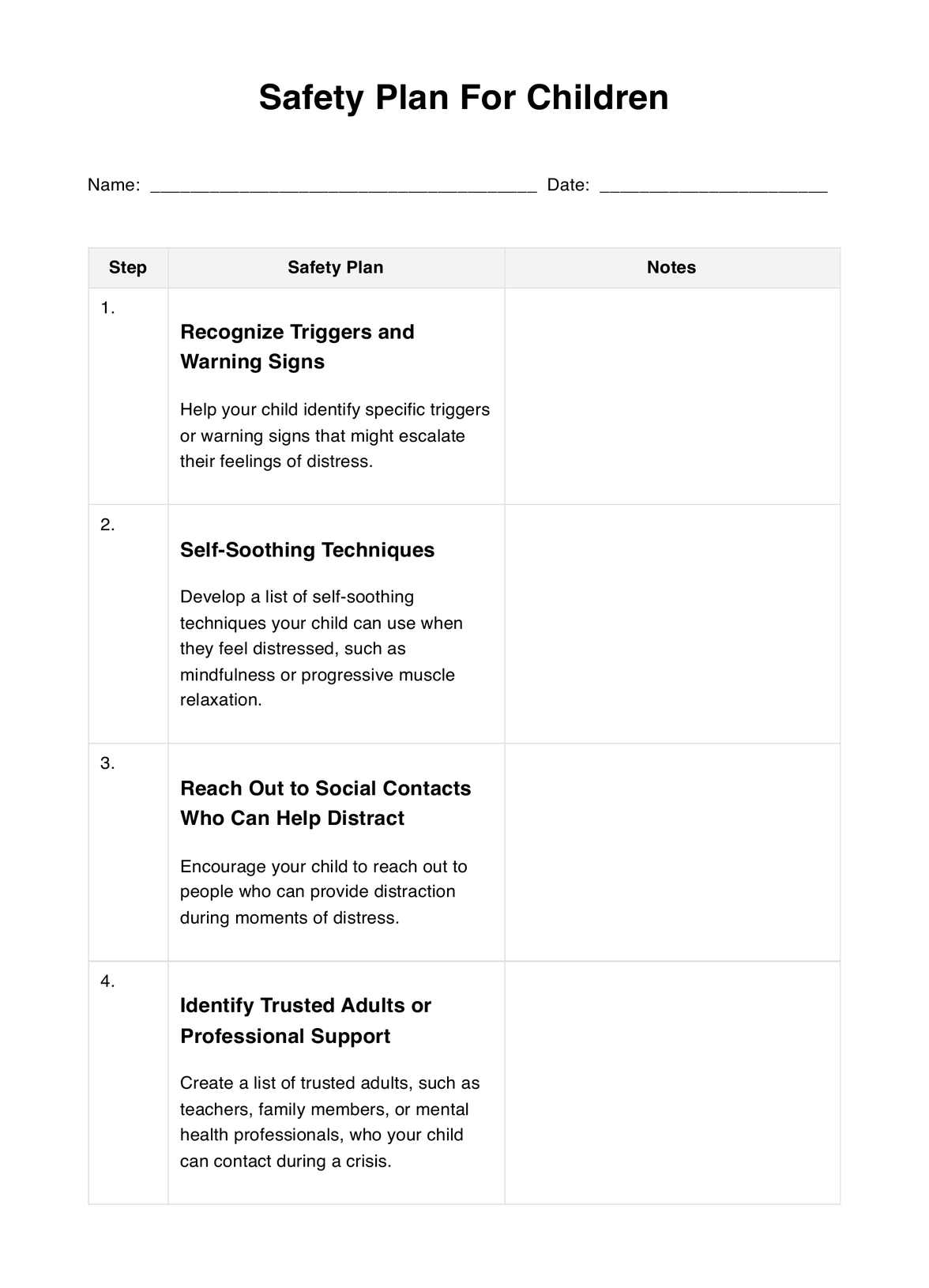
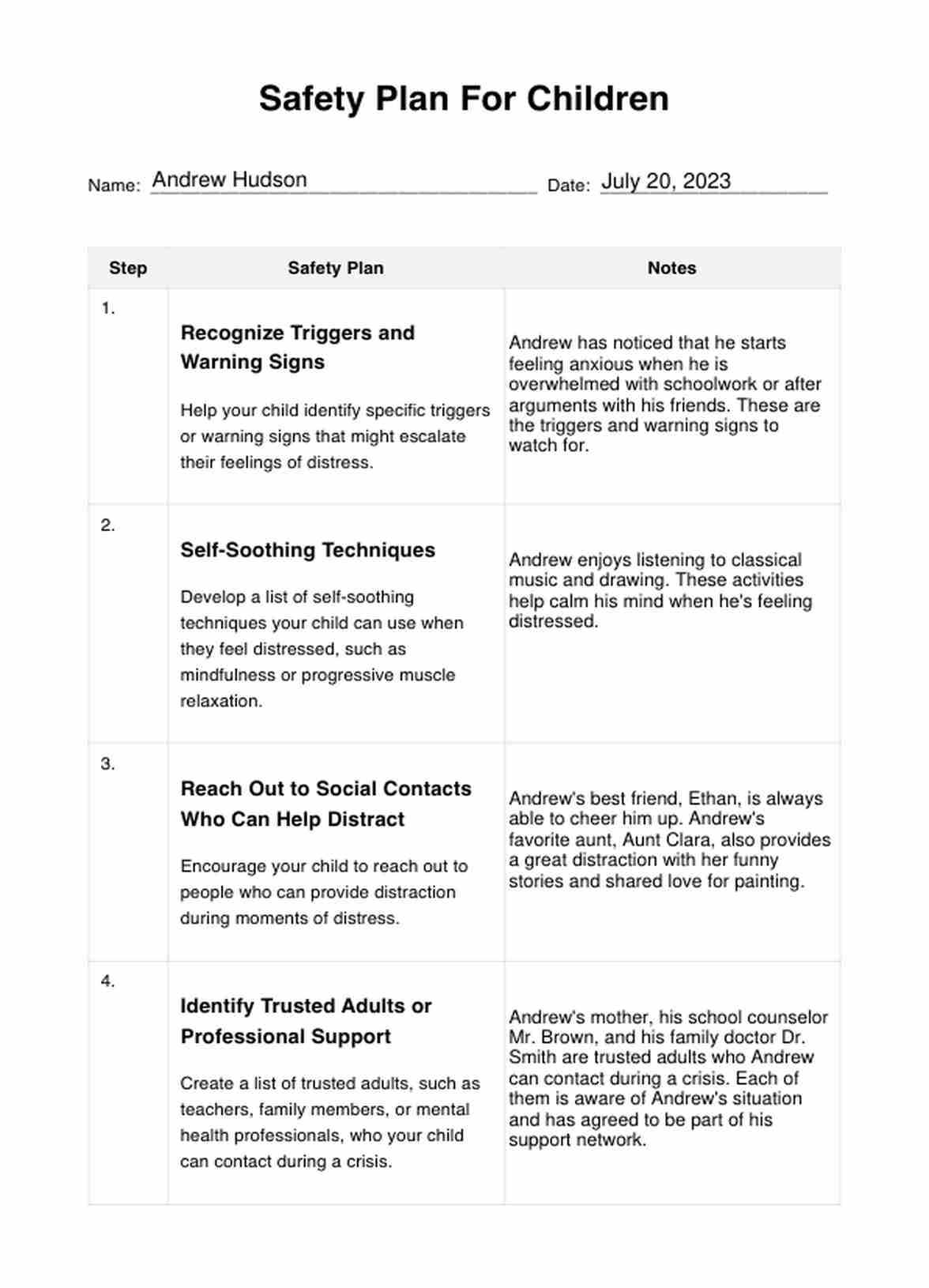

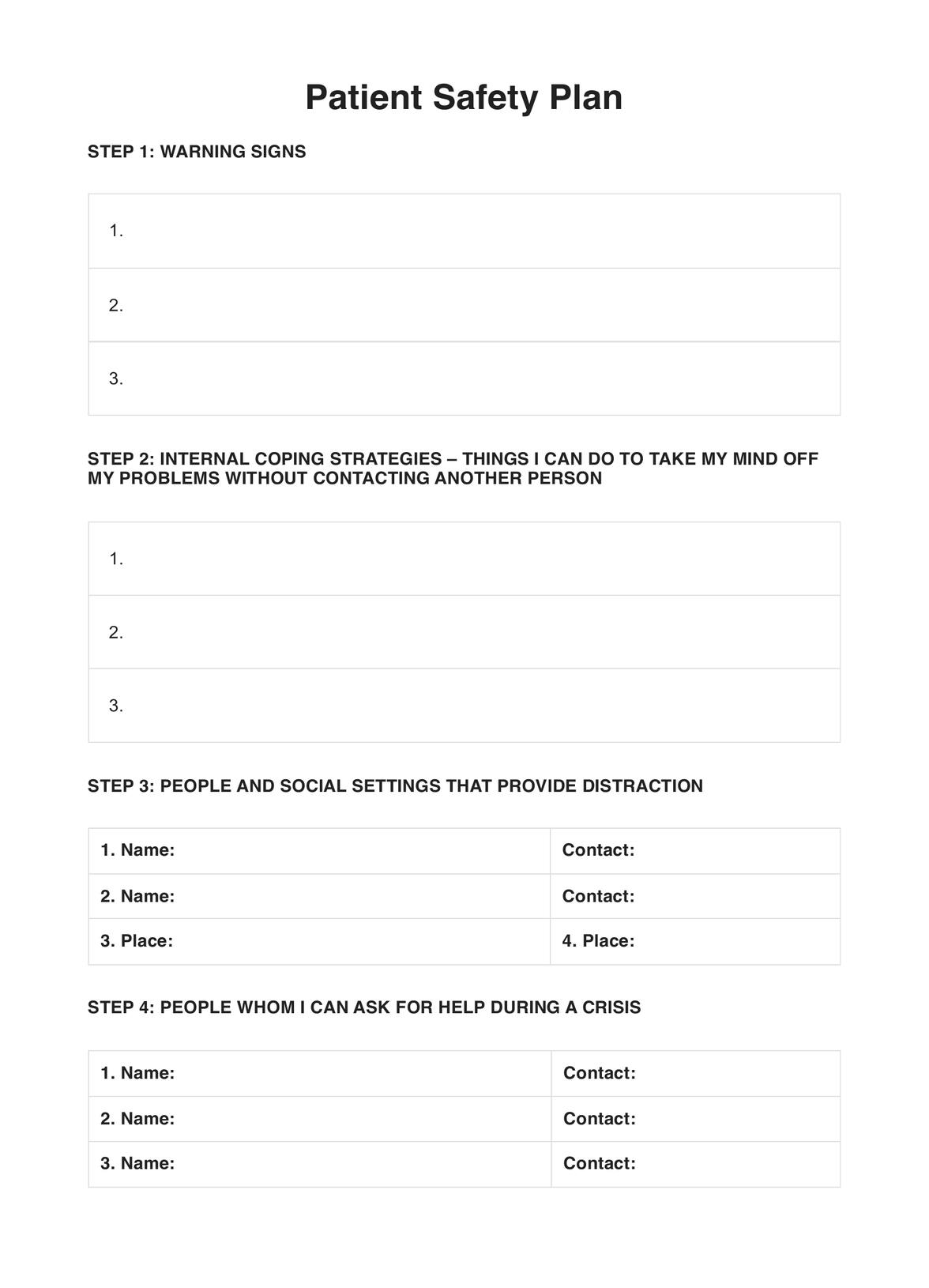
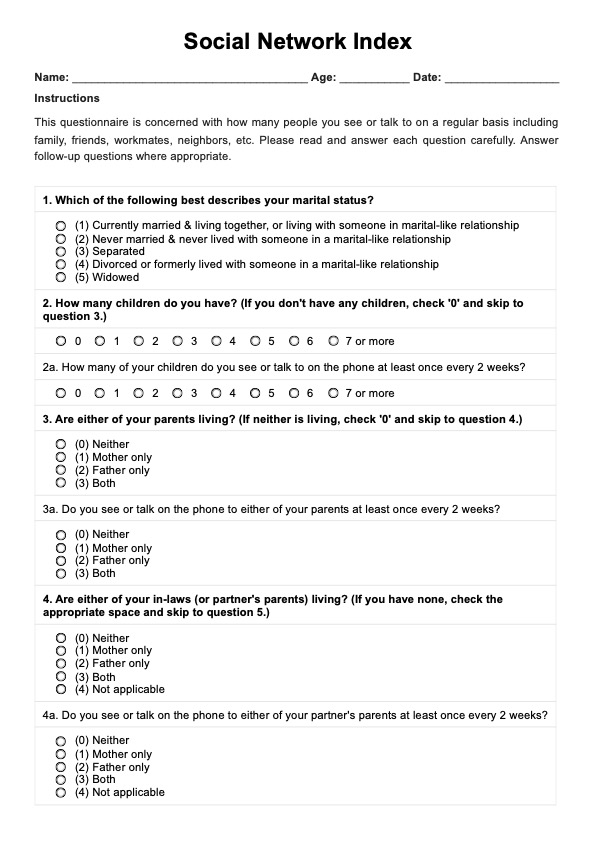











-template.jpg)



















































































